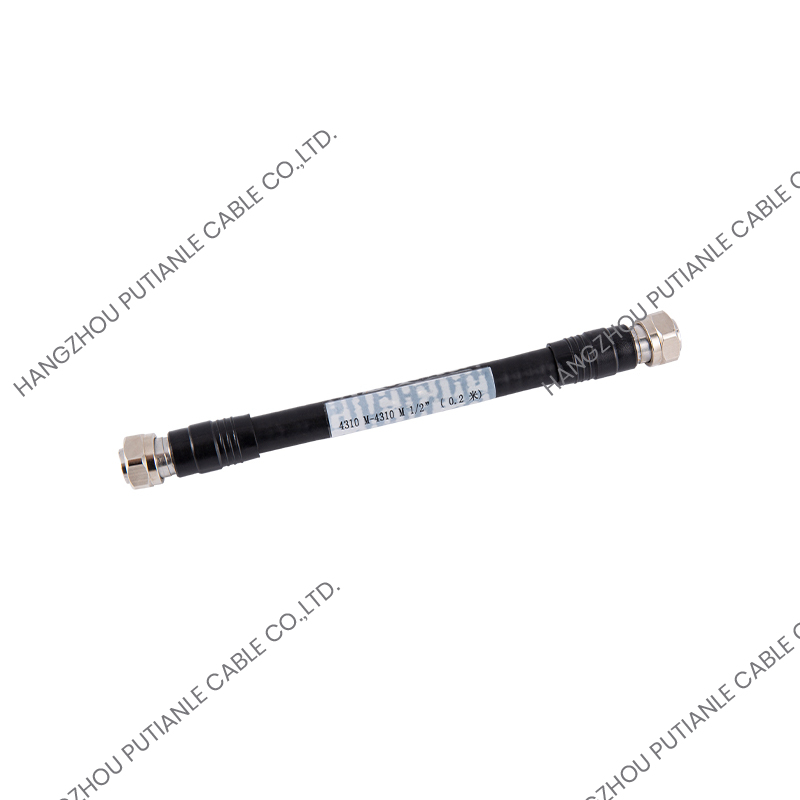In our daily life, car battery failure is a common problem, especially in the cold winter. When your car won't start, jumper cables (also known as battery cables) can quickly help you solve the problem. However, incorrect use can lead to serious consequences, including battery damage, fire and even personal injury. Therefore, it is crucial to understand the precautions when using jumper cables.
Choose the right jumper cables
First, make sure the jumper cables you use are of reliable quality. High-quality jumper cables usually have greater conductivity and are more durable. When choosing a cable, pay attention to its wire diameter, usually 16 gauge or thicker cables are more ideal. In addition, check the insulation of the cable to make sure there are no signs of wear or damage. For extra safety, it is best to choose a jumper cable with a clamp protective cover to prevent short circuits.
Follow the correct connection sequence
When connecting jumper cables, the correct sequence is crucial. First, connect the red clamp to the positive terminal of the faulty battery, and then connect the other red clamp to the positive terminal of the good battery. Next, connect the black clip to the negative terminal of the good battery, and finally connect the black clip to the negative terminal of the faulty battery, but make sure this is an unpainted metal part and avoid connecting directly to the negative terminal of the battery. This connection method can reduce sparks and potential dangers.

Pay attention to environmental safety
When using jumper cables, the safety of the environment should not be ignored. Make sure there are no flammable items around and avoid operating on windy or rainy days. It is best to make connections in a well-ventilated area to prevent hydrogen accumulation and cause an explosion. In addition, wearing safety goggles and gloves can protect you from accidental electric shocks and chemicals.
Although using jumper cables is a simple operation, it needs to be treated with caution. Choosing the right cable, following the correct connection sequence, and paying attention to environmental safety are all important steps to ensure that you are safe when using jumper cables. Mastering this knowledge will not only help you start the car smoothly, but also protect the safety of you and others. I hope these tips can keep you calm and confident when facing a car battery failure! Remember, safety first, success second!


 中文简体
中文简体 English
English Español
Español














